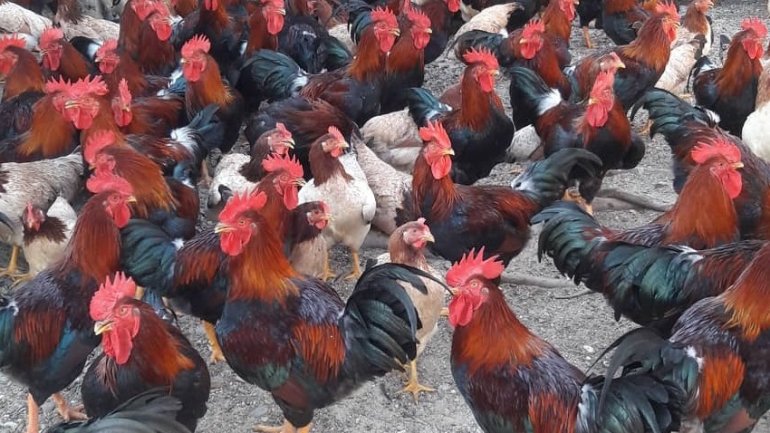1. Temperature in the Brooding House
To provide proper temperature for chicks aged 1–21 days, it’s important to prepare the poultry house carefully. The house must stay warm in winter and well-ventilated in summer.
During winter, the brooding area for newly hatched chicks must be well-covered to retain heat and prevent cold drafts. A separate brooding room should be used, with round enclosures made from woven bamboo (about 50–70 cm high). Use electric bulbs of 250–500W per bulb, enough to heat around 100 chicks; cover the top of the enclosure to retain warmth. You can also use electric or charcoal stoves for heating. To prevent chicks from getting burned, use a wire cage (similar to a fish trap) to cover the stove.
You can visually assess whether the brooding temperature is sufficient. When the temperature and humidity are adequate, chicks move around comfortably or rest evenly within the enclosure. If it’s too cold, chicks will huddle close to the heat source or under the bulb, move less, and refuse to eat or drink. Extreme cold can cause diarrhea with watery, whitish droppings. If it’s too hot, chicks will move away from the heat source, spread their wings, pant, and drink excessively. (Note: When using charcoal or rice husk stoves, install a vent pipe to direct toxic gases outside the coop.)
2. Proper Feeding for Laying Hens
Laying hens should be fed freely — meaning feed should always be available in the troughs. However, the total daily feed should be divided into several feedings. Between feedings, allow a short interval where the troughs are empty so hens finish all feed, preventing old feed from staying too long in the troughs.
In Vietnam’s climate, farms typically feed hens twice daily — early morning and late afternoon. However, during colder seasons or peak laying periods, hens should be fed three times daily to stimulate higher feed intake and support production needs (feeding times: morning, midday, and evening).
3. Deworming for Laying Hens
The rate of worm infestation in chickens is quite high, especially in floor-raised flocks. While worms rarely kill chickens directly, they reduce productivity, increase feed consumption, cause digestive disorders, and create favorable conditions for other diseases.
For laying flocks, a regular deworming schedule is necessary — the first treatment should occur about two months before laying begins, then every three months thereafter. Always use safe, low-toxicity deworming medications that do not harm hens or affect egg production.
4. Factors Reducing Egg Production
Identifying the cause of reduced egg production early allows for simpler interventions and minimizes losses. Careful observation and record-keeping can help distinguish between two main categories of causes:
-
Feed-related causes: Poor-quality or insufficient feed leads to smaller eggs, though the flock remains healthy and active. Sometimes pecking behavior may appear. Once feed is adjusted, egg production usually recovers within 1–2 weeks.
-
Disease or environmental causes: The flock shows reduced appetite, a drop in egg production, abnormal egg color or spots of blood, etc. After improving environmental conditions and applying appropriate treatment, recovery may take longer — sometimes up to 15 days.
To restore egg production more quickly, multiple corrective measures should be applied simultaneously — adjusting feed, improving ventilation, cooling the house, and supplementing vitamins to boost disease resistance.

